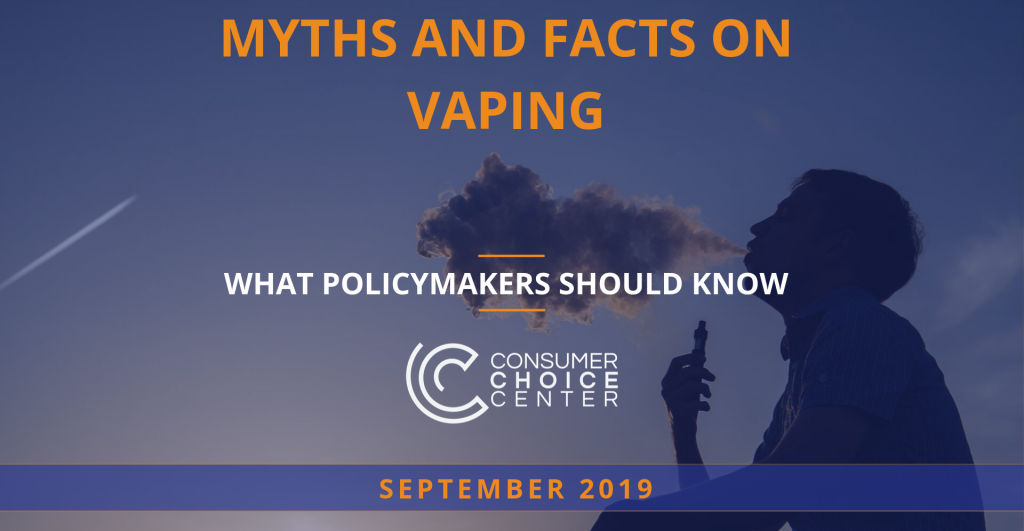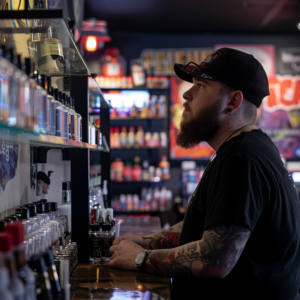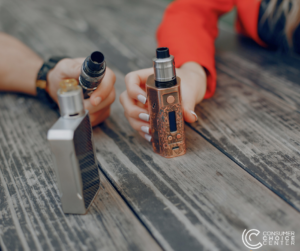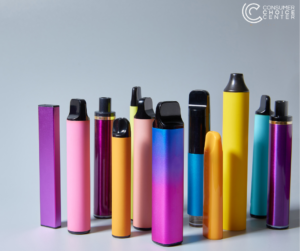FDA Urged to Prioritize Access to Safer Alternatives
Consumer advocates spoke out against what they describe as the U.S. Food and Drug Administration’s “alarming neglect” in facilitating access to safer nicotine alternatives for millions of adult consumers during a House Oversight hearing today. “Despite the bipartisan mandate of the Tobacco Control Act of 2009, the FDA’s performance...


 Less than 14% of U.S. adults are now smokers, the
Less than 14% of U.S. adults are now smokers, the 









